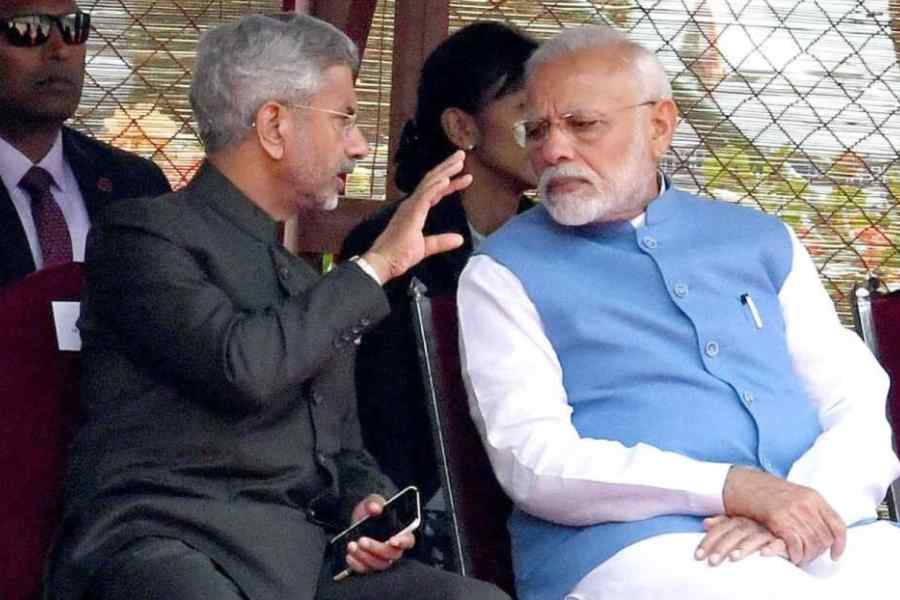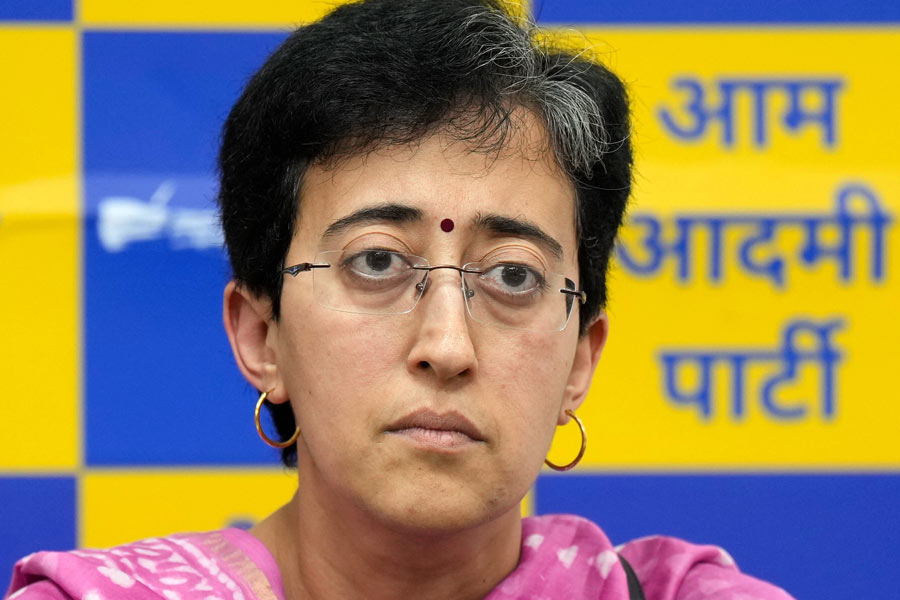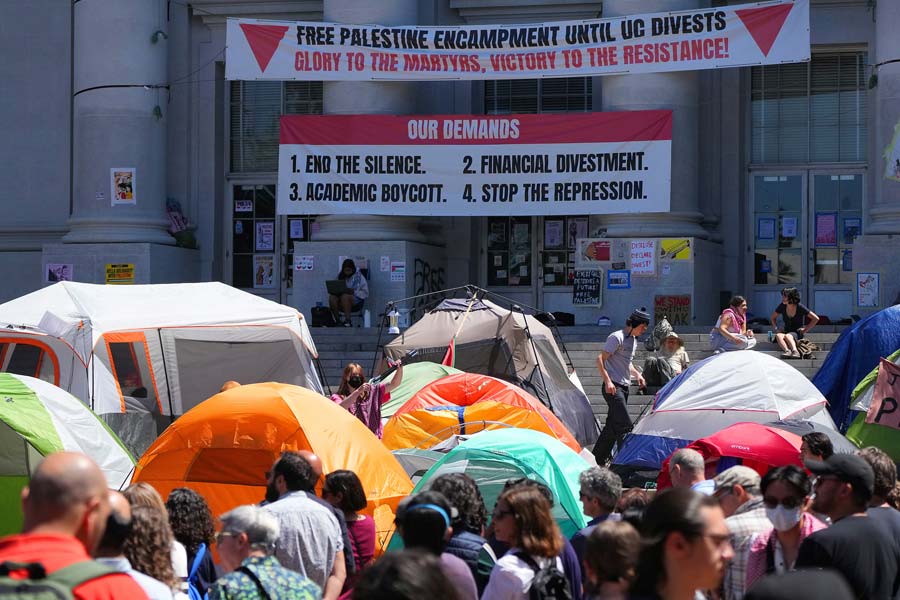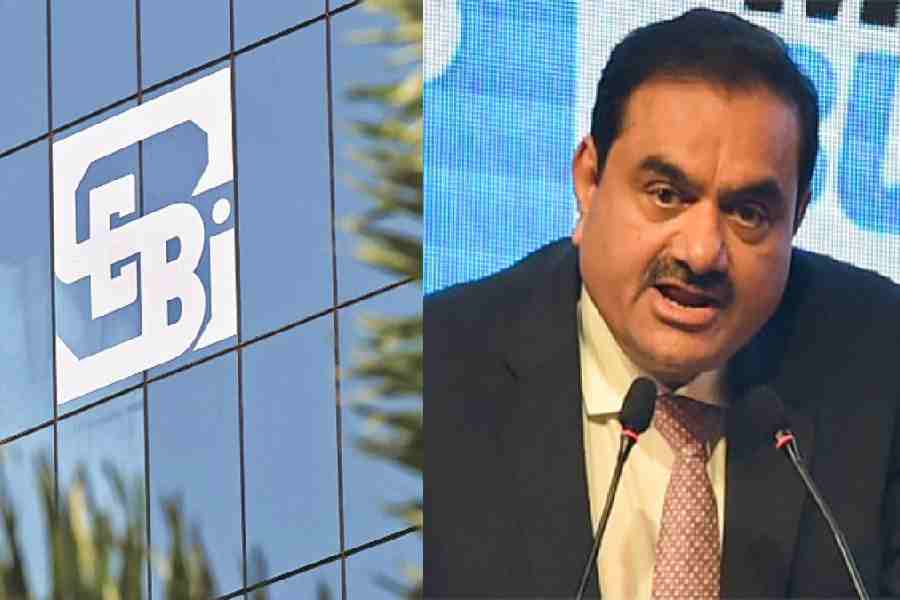The prime minister, Narendra Modi, the national security adviser, Ajit Doval, and the foreign minister, S. Jaishankar, deserve great credit for their handling of the Ukraine war, which has placed India in an undoubted sweet spot in world affairs — this despite intense covert and overt external pressure and the Indian media generally echoing Western propaganda in playing up Ukranian success and portraying the Russian president, Vladimir Putin, as demented and as a threat to the democratic value system. The United Nations Charter’s Article 2.4 urges nations to refrain from the “threat or use of force”, each contingency having equal validity. The deliberate eastwards expansion of NATO after 1990, despite innumerable protestations from Moscow, threatened Russia’s security with encirclement, obliging it to retaliate forcefully and setting preconditions of Ukraine’s demilitarisation and neutrality.
Initially, both NATO and Russia made grievous errors; Russia’s drive towards Kyiv with inadequate manpower and weaponry wrongly supposed that resistance from a fellow Slav and former Soviet nation-state would be minimal, while NATO underestimated Russia’s economic and military resilience against countless packages of unilateral sanctions and believed that the rest of the world would unite behind Ukraine. What is clear, after about 600 days, is that Russia will not be defeated, and it is unlikely that Ukraine will fully recover the 18% territory it has lost.
Ukraine was never a push-over for Russia; in July 2022, it had an active military strength of 700,000 and, with para-military added, close to one million. Ukraine also benefitted from billions of dollars of military equipment and training from NATO, operational planning support, intelligence, surveillance and reconnaissance. At every stage, the United States of America has escalated the weaponry with controversial depleted uranium and cluster munitions and, lately, ATACMS (army tactical missile system) and F-16 aircraft. It uses leverage to force non-NATO suppliers to assist Ukraine, such as intrigues to remove the Pakistan premier, Imran Khan, in 2022 for his “aggressively neutral stand” and facilitating an IMF bailout of $3 billion in return for Pakistani arms to Ukraine.
America has thus far donated to Ukraine over $110 billion in funding the Ukrainian military and civil establishment, including $46.6 billion in military equipment. The European Union has expended $90 billion, including $27 billion in military aid. The US president, Joe Biden, is asking the Congress for an additional $24 billion in the face of mounting donor fatigue at a time when Ukraine’s president, Volodymyr Zelensky, is regarded less a warrior/martyr and more an Oliver Twist forever asking for more.
In Europe, NATO members Slovakia and Hungary are opposed to arming Ukraine and have joined Poland in raising trade barriers with Ukraine, which is considering a complaint against them at the World Trade Organization. In the US Congress, many far-right Republicans will vote against more aid, seeking from the Biden administration the estimated costs and length of the war, an audit of money provided, the shape of a possible victory, and assurances of European burden sharing. A poll conducted by CNN suggests that 55% of Americans oppose further funding for Ukraine. The debate is also informed by the noted investigator, Seymour Hersh, citing Central Intelligence Agency sources that the Ukrainian president and his entourage embezzled around $400 million last year and, according to Forbes, Zelensky himself is worth some $20 million.
Essential to future support for Ukraine is the progress, since early June, of the Ukrainian offensive to regain areas lost to Russia. The Western media have euphemistically dubbed it “incremental territorial gains” and unnamed US and other Western officials predict that it was “highly unlikely” that Ukraine would “make progress that would change the balance of this conflict.” Last month, it was estimated that Ukraine has recovered 0.25% of its lost territory and made 10 km of advance “at most, no matter where you look.” Except for 29 sq km around Bakhmut and some villages around Robotyne and Verbove in Zaporizhzhia, Ukraine has scarcely dented Russian defensive positions and is only 10% of the way to cutting off Russian land access to Crimea. A blame game has started, with Ukraine accusing NATO of inadequate supply of weapons and NATO criticising Kyiv’s war strategy.
The human cost of the war has been extreme. There were nearly 5.1 million internally displaced Ukrainians as of May 2023, more than 6.2 million refugees from Ukraine globally as of July 2023, and 17.6 million people in need of humanitarian assistance; around 9000 civilian deaths and roughly 16,000 wounded are estimated by the United Nations. According to The New York Times, the US places Ukrainian military deaths at 70,000 with 120,000 injured, while the BBC reckons Russia’s dead and wounded at 220,000.
Until early this year, Russia was relatively untouched by the war. But recently, it has been targeted by Ukraine drone strikes and missile and maritime attacks on its Black Sea fleet and Crimea. Moscow maintains that any peace deal will have to recognise the “new territorial reality” and that the incorporated regions of Crimea (since 2014) and Donetsk, Luhansk, Kherson, and Zaporizhzhia will not be returned to Ukraine. Nor would it continue the Turkey-mediated arrangement that enabled Ukraine to export grain over the past year unless Russia could resume ammonia exports through the pipeline from Russia to Odesa and reconnect its agricultural bank to the SWIFT international payments system. Moscow also claimed that only 3% of the Ukraine grain had been delivered under the previous agreement to Asia and Africa, the rest being marketed in Europe or Turkey.
Neither a decisive victory for one side nor a compromise peace agreement seems likely for the foreseeable future. Russian and Ukrainian forces remain largely static on the front lines and the battle is one of attrition. This plays to the Russian forté which historically lies in defence. The Americans and NATO promised Ukraine support “for as long as it takes”: in effect, this means as long as Washington wants it to continue because it is able to prolong the proxy war indefinitely due to economic strength and geostrategic invulnerability. However, public consensus is fraying and the presidential election next year will have a bearing on its attitude. It needs recalling that NATO vetoed a Ukraine-Russia peace deal in March 2022 and now a Gallup poll shows 70% of Ukrainians oppose peace talks with Russia.
Hypocrisy is intrinsic to foreign policy. State sovereignty and integrity are invoked against Russia, but every UN Security Council member has violated this principle in the interest of security and so have notable global players like Ethiopia, India, Israel and Turkey. The West has condemned the referenda by which Ukrainian territories have been annexed to Russia, but many European countries and the US invoke the same principle of popular will for their overseas territories.
The distancing of the Global South from a partisan viewpoint of the Ukraine war has enabled India and the non-Western world to act independently when Western nations are unmindful of how their actions adversely affect the rest of the world. These are among the factors that will reset the international order with a new agenda for world peace and stability.
Krishnan Srinvasan is a former foreign secretary










